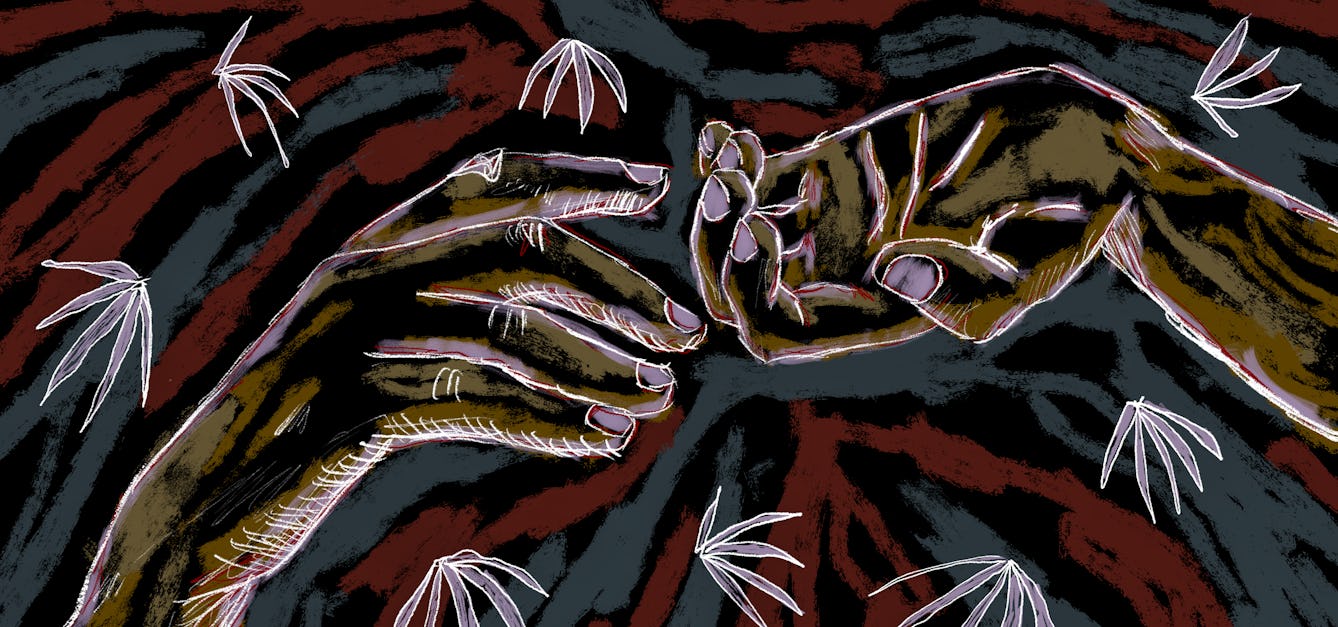Stories

- Article
Surviving a flesh-eating disease
Nearly dying from a skin infection gave Scott Neill a chance to start again after an early life marked by grief and depression.

- Article
Chemotherapy-day drawings
Undergoing treatment for bowel cancer, artist Clare Smith produced around 70 abstract drawings while sitting in the chemotherapy chair. She reflects on how creativity can bring respite in a crisis.

- Article
Nymphomania and hypersexuality in women and men
The history of nymphomania is closely bound with society's views on women and their sexuality.

- Article
When monarchs healed the sick
Our current Queen fortunately doesn’t have to spend hours laying hands on the sick to cure them. But it was a different story for monarchs of the early modern era, whose touch was a sought-after treatment for scrofula.
Catalogue
- Archives and manuscripts
Burroughs Wellcome & Co Product Leaflets: Carbochal - Kepler
Date: 1950s-1960sReference: WF/M/GB/40/03Part of: Wellcome Foundation Ltd- Archives and manuscripts
Product Publications: Science in Medicine - Wellcome Products for Dispensing
Date: 1908-1953Reference: WF/M/PB/34/03/08Part of: Wellcome Foundation Ltd
- Books
- Online
On indigestion : its pathology, and treatment by the local application of uniform and continuous heat and moisture : with an account of an improved mode of applying heat or cold in irritative and inflammatory diseases / by James Arnott.
Date: 1847
- Books
- Online
Medical reports, on the effects of water, cold and warm, as a remedy in fever, and febrile diseases; whether applied to the surface of the body, or used as a drink: with observations on the nature of fever; and on the effects of opium, alcohol, and inanition / by James Currie.
Date: 1797- Books
The cure for all diseases : with many case histories of diabetes, high blood pressure, seizures, chronic fatigue syndrome, migraines, Alzheimer's, Parkinson's, multiple sclerosis, and others showing that all of these can be simply investigated and cured / Hulda Regehr Clark, Ph.D., N.D.
Clark, Hulda RegehrDate: [1995]









